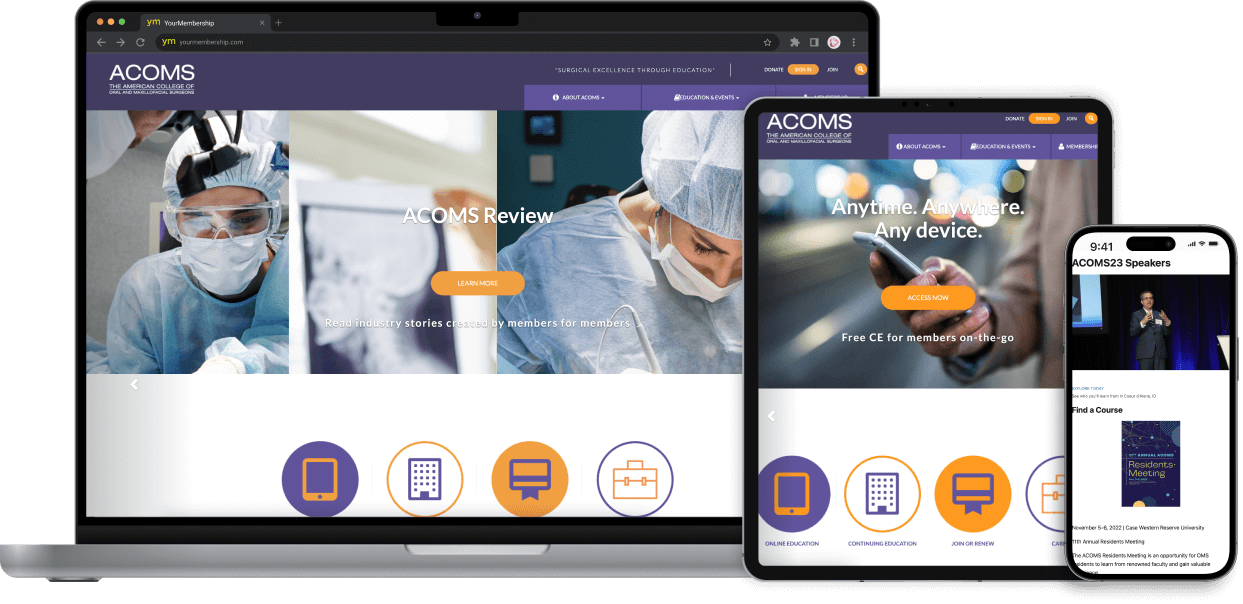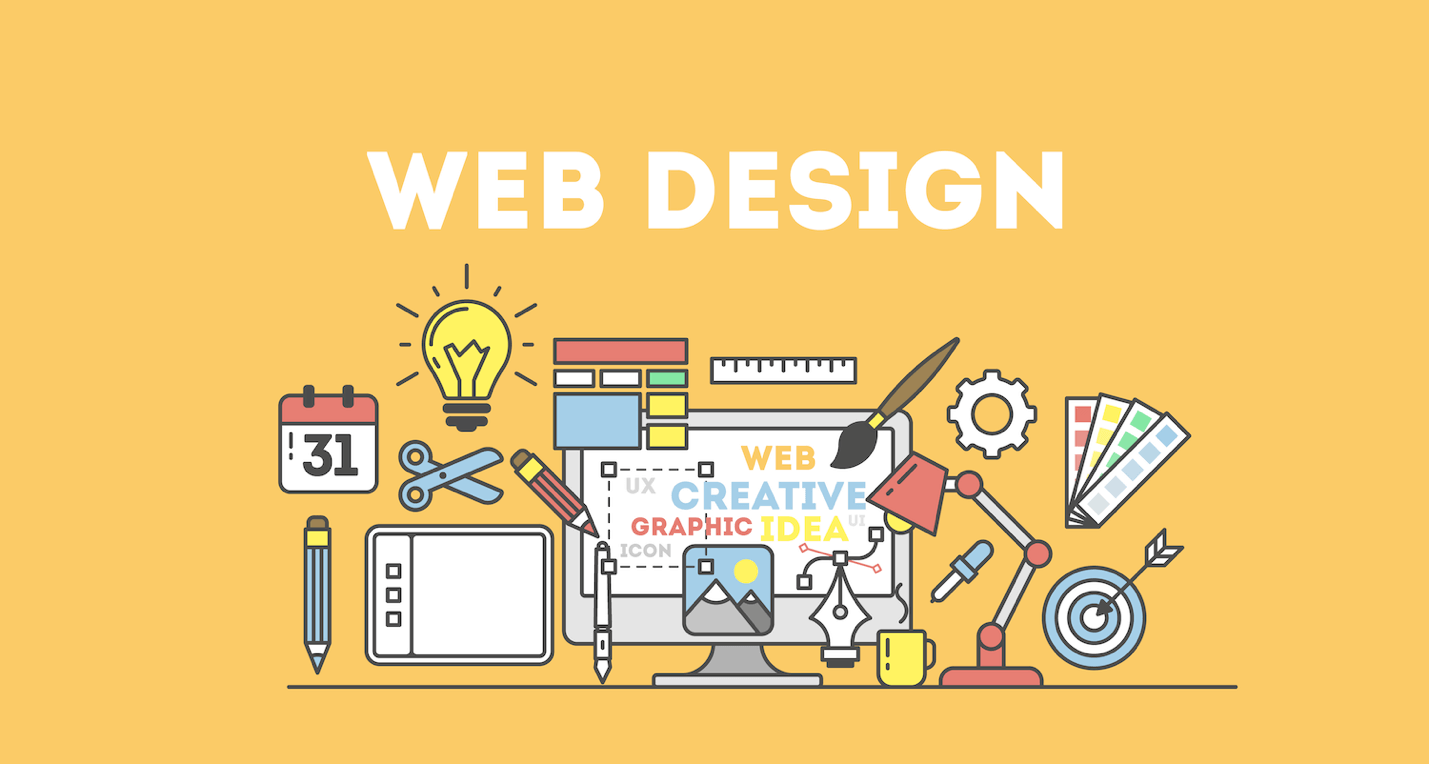Understanding the Function of Typography in Website Design Excellence
Understanding the Function of Typography in Website Design Excellence
Blog Article
Optimize Engagement: Proven Techniques for Exceptional Internet Site Design
In a progressively electronic landscape, the significance of a user-centric strategy to website design can not be overstated. Comprehending just how reliable navigating, aesthetic hierarchy, and content optimization assemble to boost customer engagement is important for any company looking for to make a meaningful impact. As we discover various proven techniques that contribute to superior internet site layout, the interaction in between these aspects discloses not just ideal techniques yet additionally ingenious strategies that can boost user experience. What may amaze you is just how basic modifications can result in amazing makeovers in involvement metrics.
Importance of User-Centric Style
User-centric layout is important in producing effective sites, as it prioritizes the requirements and preferences of the end user from the actual start of the layout procedure (website design). This method guarantees that the internet site is customized to offer an ideal experience for users, facilitating involvement and satisfaction. By comprehending customer habits, goals, and pain factors, designers can develop interfaces that resonate with their target market and foster a sense of link
Implementing user-centric layout entails comprehensive research, including user personalities and trip mapping, which aid in determining the details needs of different individual segments. This data-driven methodology permits for notified decisions concerning design, content, and capability, inevitably causing the creation of an extra appealing and intuitive internet experience.
In an affordable digital landscape, prioritizing user-centric style is not merely helpful; it is necessary for driving interaction, reducing bounce prices, and promoting individual commitment. Effective websites are those that resonate with customers, making user-centric design an essential concept for successful internet development.
Effective Navigating Methods
A well-structured navigation system is a keystone of effective website design, developing straight on the principles of user-centric design. Effective navigating enables customers to locate info quickly and without effort, boosting their overall experience and motivating longer brows through.
To attain this, take into consideration applying a clear pecking order in your navigating food selection. Main groups need to be right away visible, while subcategories can be disclosed through dropdowns or expanding food selections. This organization aids users anticipate where they may discover appropriate content, minimizing stress.

Uniformity is crucial; use acquainted terminology and style aspects throughout the site to stay clear of complication. Breadcrumb trails can also be beneficial, providing individuals with contextual understanding of their place within the website and making it possible for very easy backtracking.
Lastly, make certain that your navigation is receptive and mobile-friendly. As more individuals access internet sites using mobile tools, adjusting your navigation for smaller sized screens is necessary for preserving functionality and accessibility. By focusing on these approaches, you can create a smooth navigating experience that keeps customers engaged.
Visual Power Structure and Format
Developing a clear aesthetic hierarchy is essential for directing users with a web site's material successfully. A well-structured format not just enhances user experience however also influences just how visitors view and connect with information. By strategically employing dimension, shade, spacing, and contrast, developers can create prime focus that accentuate the most crucial components, such as headlines, calls to activity, or pictures.
Incorporating a grid system can even more boost aesthetic pecking order by giving a constant framework for material positioning. This company permits customers to navigate the website intuitively, making it simpler to absorb info (website design). Furthermore, making use of whitespace is vital; it creates breathing space around components, lowering cognitive overload and stressing essential web content

Material Optimization Methods
While creating visually attractive styles is necessary, the performance More Info of a web site eventually pivots on just how well its material is enhanced for both online search engine and user interaction. Material optimization entails a critical method that boosts visibility and relevance, eventually driving website traffic and maintaining site visitors.
First, keyword study is basic. Recognizing pertinent search phrases that straighten with user intent permits the integration of these terms normally right into headings, text, and meta descriptions. This not just assists in rating greater on search engines but additionally boosts the clearness of content for customers.

Furthermore, optimizing for regional search engine optimization can increase engagement for region-specific target markets. Including local keyword phrases and producing material that addresses regional passions enhances importance.
Lastly, regularly updating material guarantees that it continues to be beneficial and fresh, attracting both search engines and returning individuals. By concentrating on these content optimization methods, organizations can create a compelling on-line presence that promotes communication and drives conversions.
Receptive and Mobile-First Approaches
Customer engagement and material presence are increasingly influenced by the capability of a web site to adjust seamlessly across different tools. With the surge of mobile browsing, employing receptive layout and mobile-first approaches has ended up being crucial for effective web development. Responsive style makes certain that a solitary website layout adjusts fluidly to different screen sizes, from desktops to smartphones, thus supplying a regular customer experience.
On the other hand, a mobile-first strategy focuses on the mobile customer experience throughout the layout procedure. By creating for smaller screens originally, programmers can concentrate on vital features and enhance efficiency, ensuring that customers are not overwhelmed by unnecessary web content. This technique likewise improves filling times, which is important for maintaining visitors.
Both approaches add to higher involvement rates, as users are most likely to communicate with a website that is Get More Information easy to use and visually enticing. Search engines prefer mobile-optimized sites in rankings, thereby boosting exposure. In recap, embracing receptive and mobile-first design methods is essential for optimizing user involvement and guaranteeing that content stays accessible and efficient throughout all devices.
Final Thought
Efficient navigation techniques, a well-defined visual pecking order, and optimization sites of content substantially enhance user experience. Collectively, these techniques not only help with info retrieval yet also foster deeper user interaction, inevitably adding to greater interaction rates and total website success.
As we discover numerous tested methods that contribute to exceptional site design, the interaction in between these components exposes not only ideal techniques however also innovative approaches that can raise individual experience.User-centric design is important in developing reliable sites, as it prioritizes the demands and preferences of the end user from the actual beginning of the design procedure. Efficient websites are those that reverberate with individuals, making user-centric design a basic principle for effective web development.
Receptive design guarantees that a solitary internet site design changes fluidly to various screen dimensions, from desktop computers to smartphones, thereby providing a regular customer experience.
In summary, adopting mobile-first and receptive design strategies is crucial for taking full advantage of customer interaction and making certain that web content stays easily accessible and reliable throughout all tools.
Report this page